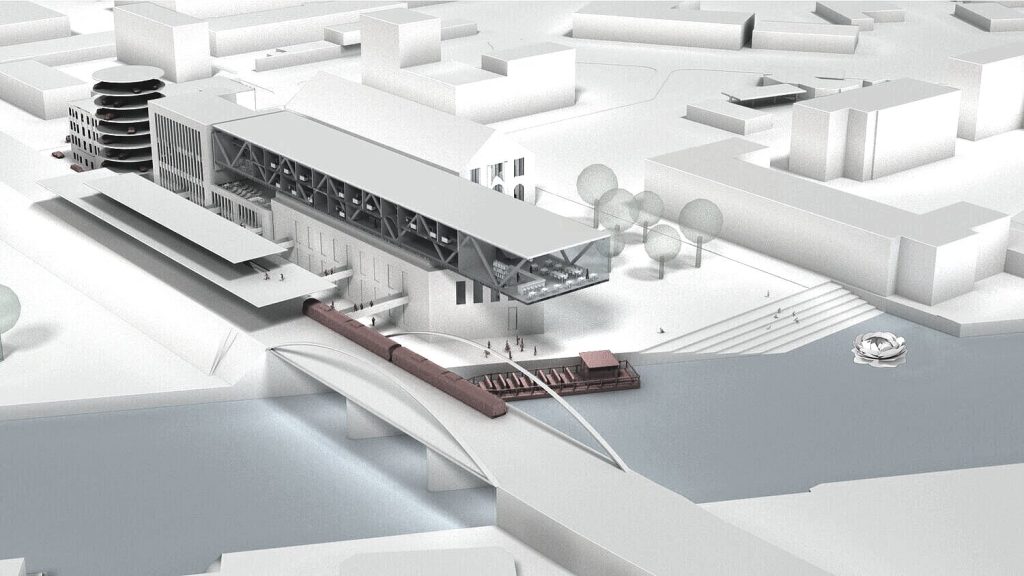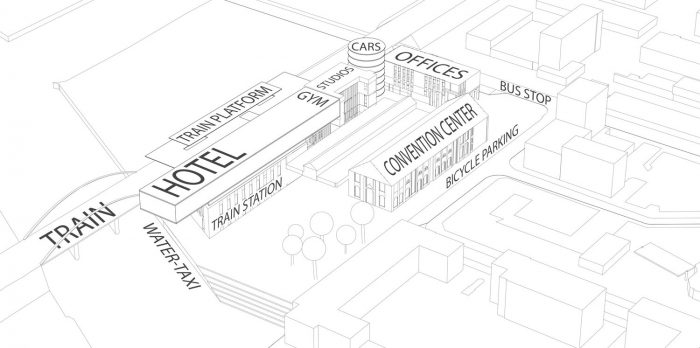Transport hubs are essential for our modern way of life. They are the places that connect people and goods from one location to another, enabling us to move around quickly and efficiently. Whether you are travelling to work, going on holiday, or just running errands, transport hubs are a key part of your life. This comprehensive guide will cover everything you need to know about transport hubs, from their history to their importance in modern society.

Transportation hubs are locations where different modes of transportation intersect. Typically, they include airports, train stations, bus stations, and ports. These hubs are essential for efficient transportation and making it possible to move goods and people from one point to another with ease and convenience.
The concept of a transport hub has been around for centuries. In ancient times, people used to travel on foot, and major cities were located at the crossroads of several important trade routes. As transportation technology evolved, different modes of transport were developed; ships replaced caravans and canal barges, and trains and cars replaced horses and carts.
The first transport hubs were created in the 19th century when railroads were built across the United States. These hubs allowed people to travel long distances quickly and paved the way for modern transportation systems. With the advent of air travel and the expansion of international trade, transport hubs have become even more important and complex.
Transport hubs are essential for both economic and social reasons. They allow goods and people to move easily and efficiently between different locations, which is crucial for the global economy. Transport hubs also provide connectivity between rural and urban areas, facilitating social interaction, education, and employment opportunities.
Transport hubs are also important for reducing traffic congestion in cities. By providing alternative modes of transportation, they help reduce the number of cars on the road, which helps reduce pollution and improves air quality.

There are several types of transport hubs that serve different purposes. The most common types include:
Airports – These hubs are designed for air travel and typically include runways, terminals, and other facilities for passengers and cargo.
Train stations – These hubs are designed for train travel and typically include platforms, ticket offices, and other passenger facilities.
Bus stations – These hubs are designed for bus travel and typically include bus bays, ticket offices, and other passenger facilities.
Ports – These hubs are designed for shipping and typically include docks, cranes, and other cargo-handling facilities.
Transport hubs are essential for modern life, connecting people and goods from one location to another. They have a rich history that spans centuries, and they will continue to play a crucial role in our lives for years to come. Whether you are travelling for business or pleasure, a transport hub is likely to be an important part of your journey. By understanding their importance and how they work, you can make the most of these essential hubs.
